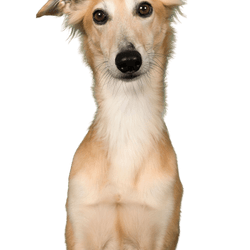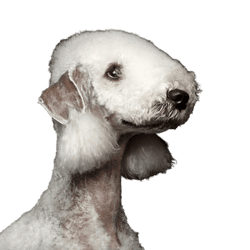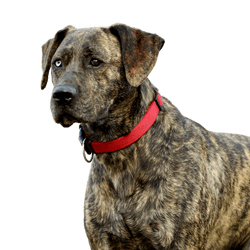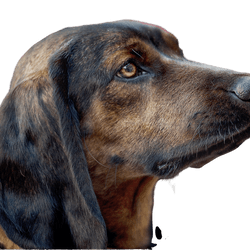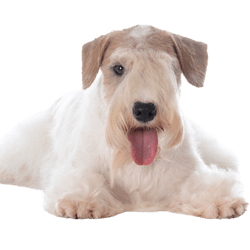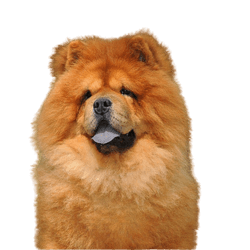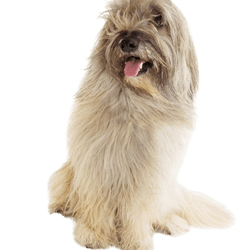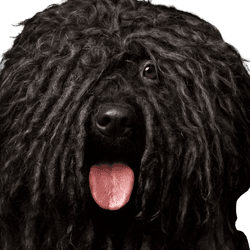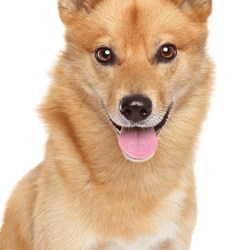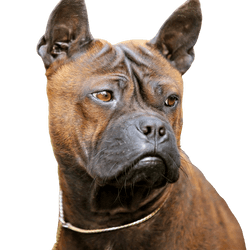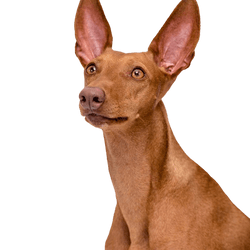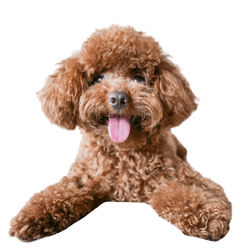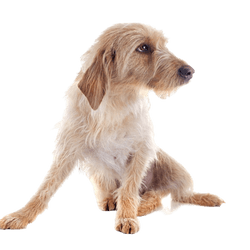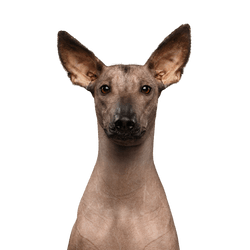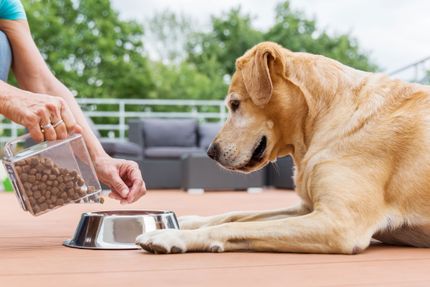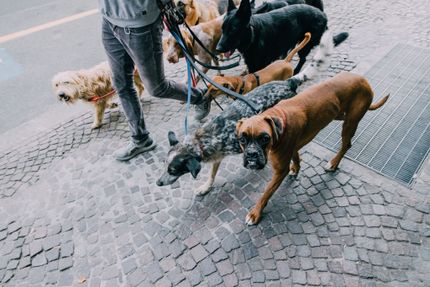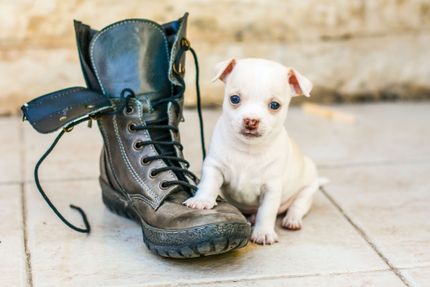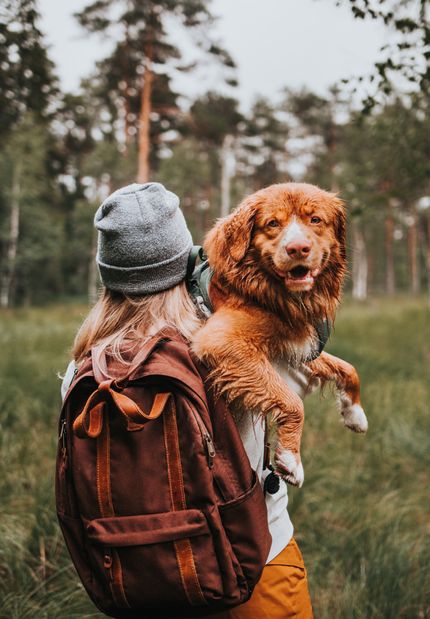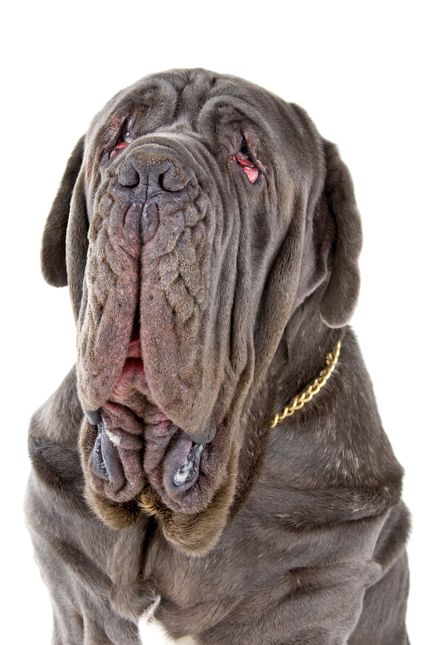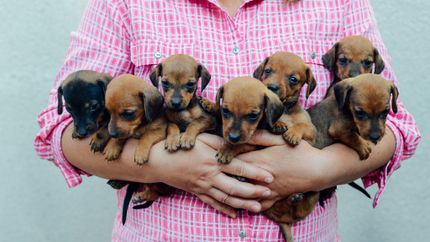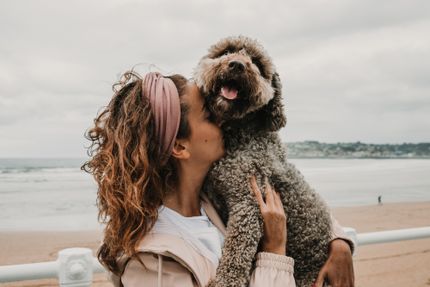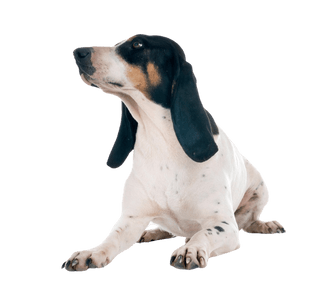
Swiss Hound Breed description: Character & Co
Swiss Hound
Facts & Origin
Origin of the Bernese Swiss Hound
It originates from Switzerland. Thereby the use of the Swiss running dogs justifies a long tradition. Already in the 18th century many Frenchmen hunted with these breeds. Due to the fact that French mercenaries brought their hunting dogs with them to Switzerland, different scent hound dogs were created at that time as a result of crossbreeding. Probably the Ariégeois, Petit Gascon-Saintongeois, Petit Bleu de Gascogne and the Porcelaine were crossed. These all represent breeds trained for hunting.
Use of the Swiss Hound
The Bernese Hound is a specialized hunting dog. He is an independent, self-confident hunter who loves to hunt hares, deer, foxes and wild boars. The special thing about it is that it is safe even in difficult terrain. It belongs to the FCI group 6 No. 59 and its relatives are the Scent hounds and related breeds. Moreover, it is considered to belong to section 1.2, the medium sized running dogs including working test. It presents himself both as a solo hunter and as a pack dog.
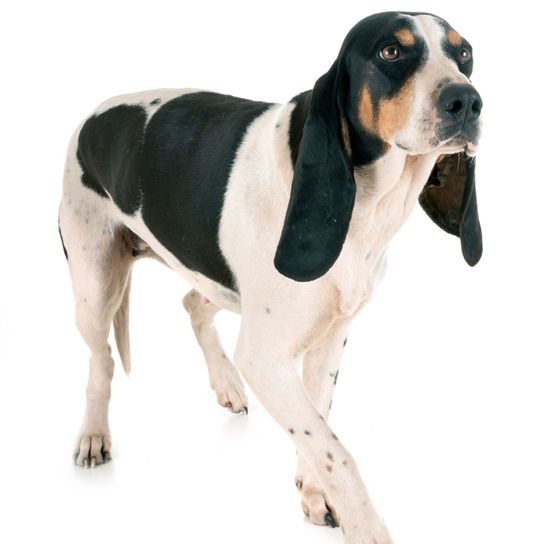
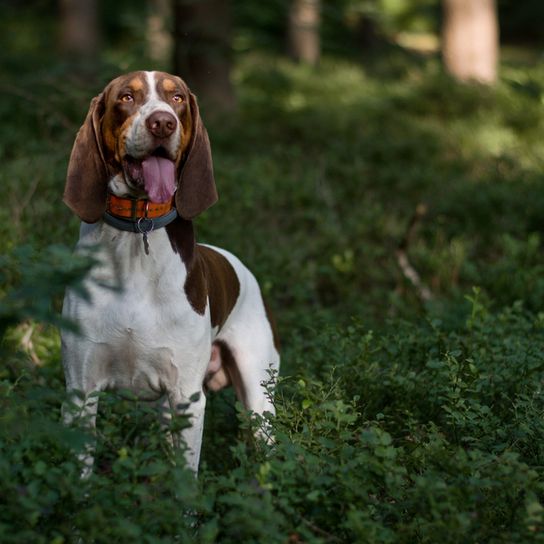
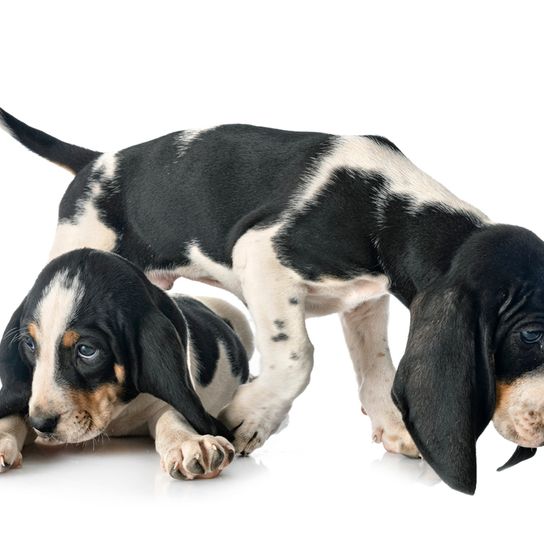
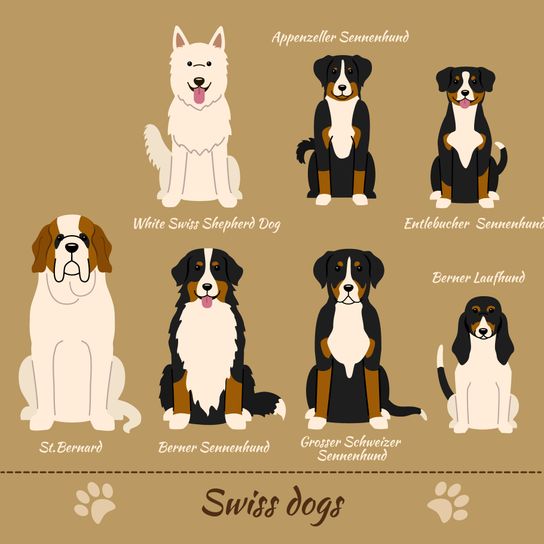
| Alternate Name | - |
| Origin | Switzerland |
| Life expectancy | 10 - 14 years |
| Care requirements | low-maintenance |
| Activity level | high |
| FCI group | Scent hounds |
| AKC group | not recognised |
| KC group | not recognised |
Attitude, character and temperament of the breed
Breed, upbringing and preferences of the Swiss Hound
The four-legged friend is a very social dog. Clean and close, he attaches himself to its family and especially appreciates empathetic people. So it can be quite affectionate towards you. However, it is a passionate and lively hunter, which indicates that it has a strong will of its own. As soon as the Bernese Hound has tracked a scent, you can see its light-footedness and flowing movements, you can literally feel them. Characterized by endurance, strength and temperament, it is determined to reach its goal. It will not give up until it has brought down the game itself. Except when hunting in a pack, the Bernese Hound should always be tied to the hand of its handler. This, however, is not a great problem, as he knows how to shine by its easy-going nature.
In its home country, the Swiss Hound is mainly concerned with solo hunts. Say deer, fox and hare. In western Switzerland, however, there are also sow hunts with hounds. In France and Italy the Confederates are rather used in the pack for hare, wild boar and roe deer.
In Switzerland, it is mostly used in the district or patent hunting.
Patent hunting means that as a rule three to six hunters join together.
These distribute themselves consciously on different stands and release their dogs at agreed times at the same time.
You as a hunter must have the necessary know-how to shoot the game with a shot, only then the hunt will be successful.
The district hunt differs from the patent hunt in that there are up to 30 hunters together.
The group leader distributes everyone to different posts and releases all the hounds at the same time.
Here, too, you as the hunter must know how the game will run.
Character
Usage

Health and breeding information
How do I care for CHIEN COURANT SUISSE and is he the right dog for me?
Ideally, you should only get this dog if you are a hunter. The Bernese Hound is definitely not suitable as a pure family dog, as it needs to run several kilometres every day, as it has a very pronounced hunting instinct.
The coat should be cleaned at regular intervals. Breed specific diseases for the Swiss Running Dog are not known, as they are known to be very robust and strong. However, the ears should be checked regularly.


Appearance and stature of the Swiss Hound
The Bernese Hound is one of four different varieties of "Swiss Hounds".
These are very similar and have the same standard.
The Bernese Swiss Hound has something of its own, the long ears, the graceful facial features - simply inimitable and noble. Only the colours diverge in the different varieties. The described breed is white with black spots and tan markings. The height of males is 49-59 centimeters. Bitches grow to 47-57 centimeters.
This quadruped lives up to 13 years and weighs between 14 and 20 kilograms.
| Fur length | short |
| Fur | flat coated |
| Ear shape | Floppy Ear |
| Tail | lang |
| Anatomy | slim, rugged |
| Size ♀ | 47 - 57 cm |
| Weight ♀ | 14 - 20 kg |
| Size ♂ | 47 - 57 cm |
| Weight ♂ | 14 - 20 kg |
| Suitable For | - |
Colors
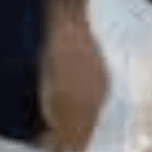
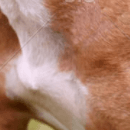
Other medium dogs
Useful Articles
You can find articles that might interest you in the dogbible blog to match your favorite breed.
Visit our magazineto stay up to date on dog trends.
To find out more, view our Privacy Policy
Find here the breed that suits you and find out what character traits it has. Here you can also learn more about the origin, size and weight of your favorite breeds.
Matching your favorite breed, you'll find articles that might interest you on the dogbible dog blog.
Arthritis in dogs - causes, symptoms, diagnosis, prevention and treatment
Hiking with dog in Saxon Switzerland
3 tips for snowshoeing with dog
Hiking in Carinthia with a dog - these hiking routes with a dog are the best

